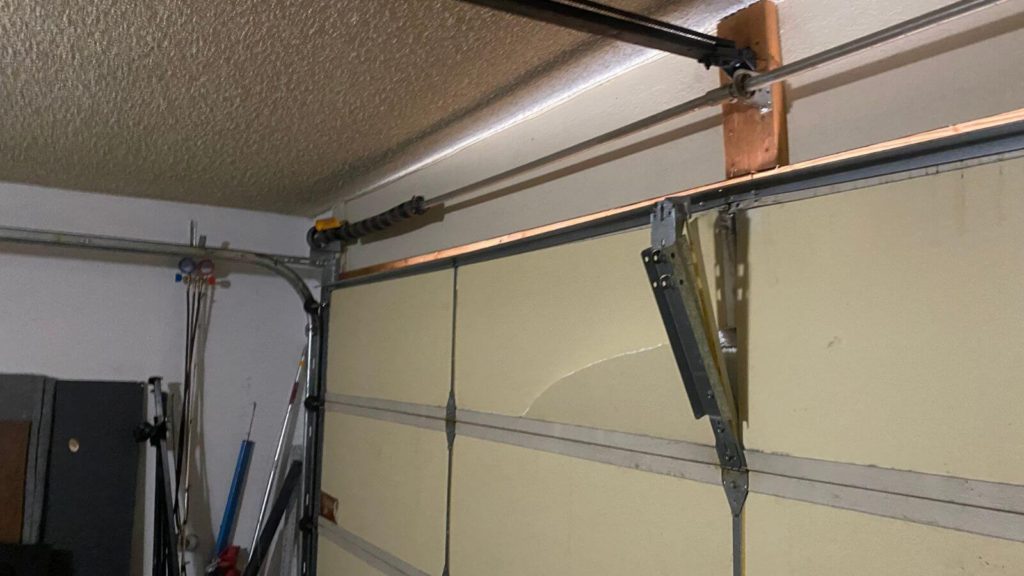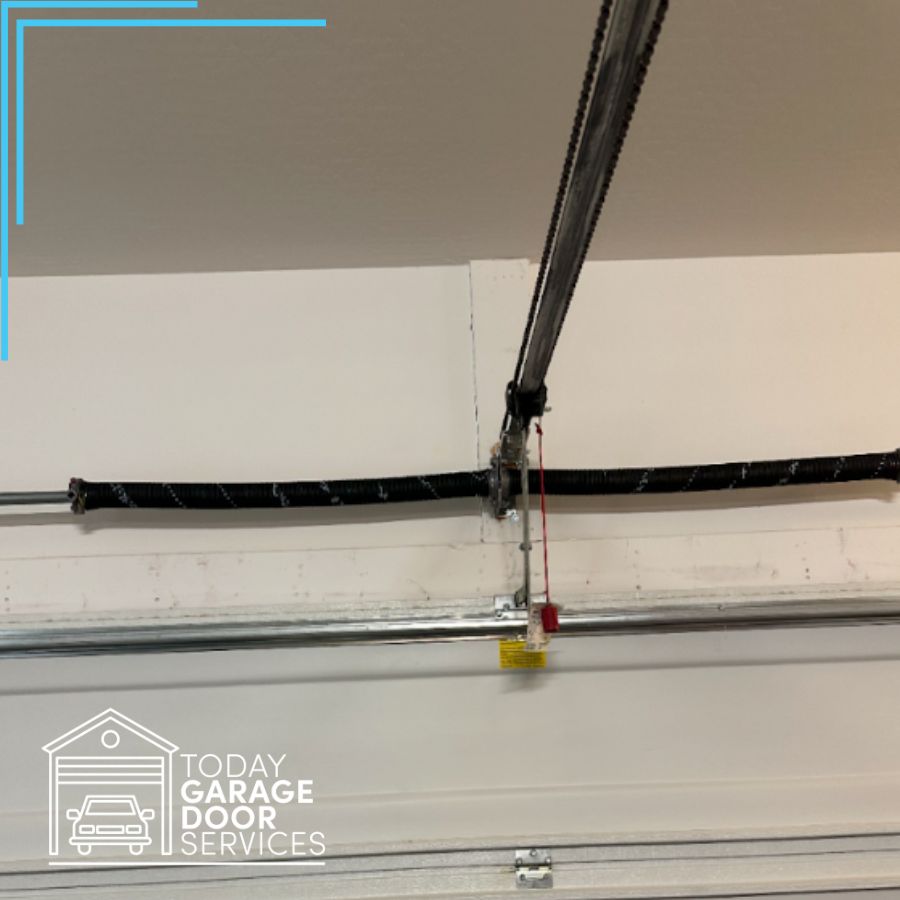How Garage Door Springs Work
If you have a garage, you probably rely on your garage door every day—especially in the summer heat. But while most homeowners know their garage doors have springs, many don’t understand how essential those springs are to safe and smooth operation.
Garage door springs are responsible for counterbalancing the weight of the door, making it much easier to lift or open automatically. Considering many garage doors weigh 400 pounds or more, this balancing act is critical. Without functioning springs, your garage door opener would wear out quickly – or you’d be stuck lifting that heavy door yourself.
From a technical standpoint, garage door springs store and release energy to offset the door’s weight. But practically speaking, they make sure your garage door works reliably. In this blog, we’ll explain what types are used, warning signs they need replacement, and why timely garage door spring repair in Phoenix is so important.
Types of Garage Door Springs
There are two main types of springs used in residential garage doors: torsion springs and extension springs. Knowing the difference can help you spot issues early and make smarter maintenance decisions.
Extension Springs
Typically, extension springs should last roughly 10,000 cycles. Typically these springs will last between 2-5 years depending on usage. This also falls in line for the life expectancy of the coiled steel that is used to make these springs.
When extension springs are installed, they must have equal force being exerted on one another as there is a spring on each side of the door. Otherwise one will be under increased stress – thus shortening your spring system’s life expectancy.
Poorly installed extension springs can drive the lifespan down to 1-3 years, which is why it’s important to have a true industry expert do the install, like us here at Today Garage Door Services.

Torsion Springs
While more expensive, torsion springs last much longer – typically between 15,000-20,000 cycles or 5-10 years. We highly recommend going with torsion springs over extension springs due to the increased life expectancy, but they also are much easier to install above the door and ensure equal force is being exerted on each side.
In addition, there are both standard and oil-soaked springs. Oil-soaked springs typically require less frequent maintenance as they tend to stay lubricated longer than the standard springs. Similar to the extension springs, the install can affect the life expectancy.
While torsion springs are installed as one system above the door, ½ the system focuses on the left side and the other ½ focuses on the right. Both must have equal force being exerted on one another otherwise this system will fail much sooner than the 15,000-20,000 cycles.

Top Signs You Need Garage Door Spring Replacement
Visible Spring Damage or Rust
Arizona’s dry air may reduce rust overall, but garage springs aren’t immune to wear. Keep an eye out for:
- Rust or corrosion
- A broken or split spring
- Loose or sagging cables
Regularly inspecting your garage door springs can prevent surprise breakdowns—especially during peak use in summer.
Garage Door Isn’t Working Like It Used To
Performance issues are a huge indicator that something’s wrong with your springs.
- Heavy or slow operation: If the door is difficult to open manually or your opener struggles, the springs may be losing tension.
- Door won’t stay open halfway: If it drifts up or down instead of staying put, that’s a clear sign the balance is off.
- Jerky or uneven movement: If your garage door wobbles or opens at an angle, one of the springs may be on its last leg.
These issues are especially common in homes around the greater Phoenix area where garage use is frequent and doors see more wear.
Why Timely Garage Door Spring Repair Is So Important
Putting off garage door spring replacement can lead to more than just inconvenience.
Extra Wear on Garage Door Openers and Tracks
If the springs aren’t doing their job, your opener has to work overtime to lift the door. That added strain can cause your opener to burn out and damage other parts like rollers or tracks—especially in high-use areas like that of the greater Phoenix area.
Potential Safety Hazards
A broken garage door spring can cause the door to slam shut unexpectedly. And because springs are under intense tension, if one snaps, it can become a dangerous projectile. We’ve seen cases in the Valley where springs have caused serious injuries or property damage when left unchecked.
Schedule Your Garage Door Spring Replacement Today
Getting your garage door springs replaced may seem like a small task—but putting it off can lead to much bigger problems down the road. If you’ve noticed signs of wear or unusual garage door behavior, now’s the time to act.
We offer free estimates for garage door spring replacement in Phoenix and most surrounding areas. We can assess your system, replace your springs, and get your garage door working safely again—often the same day you call.
Keep your garage door running smoothly and your family safe—contact us today for trusted, local garage door spring repair in the greater-Phoenix area.
